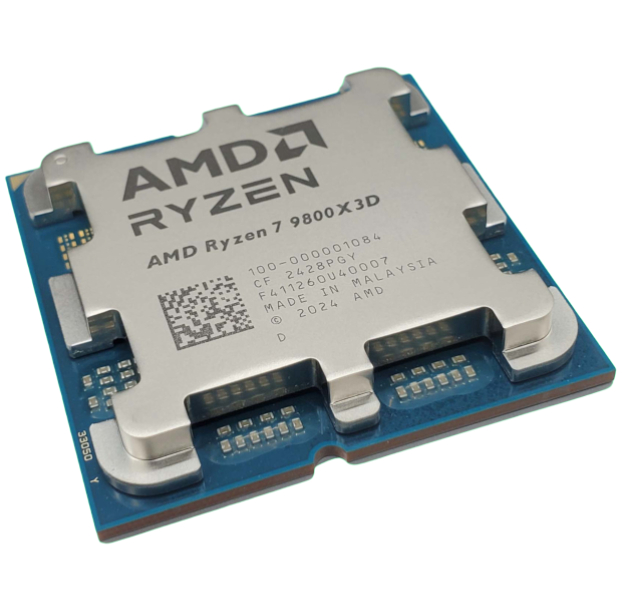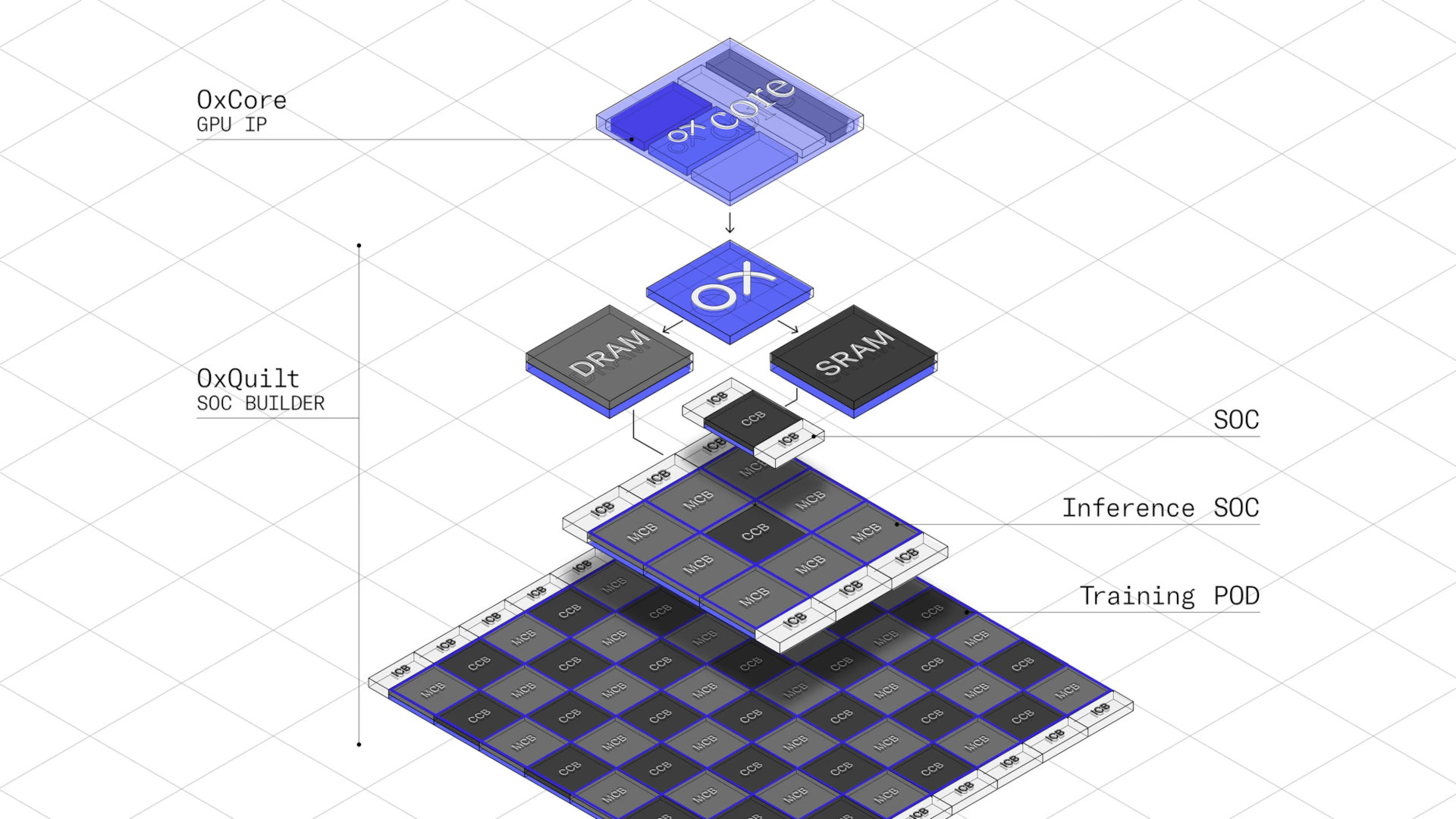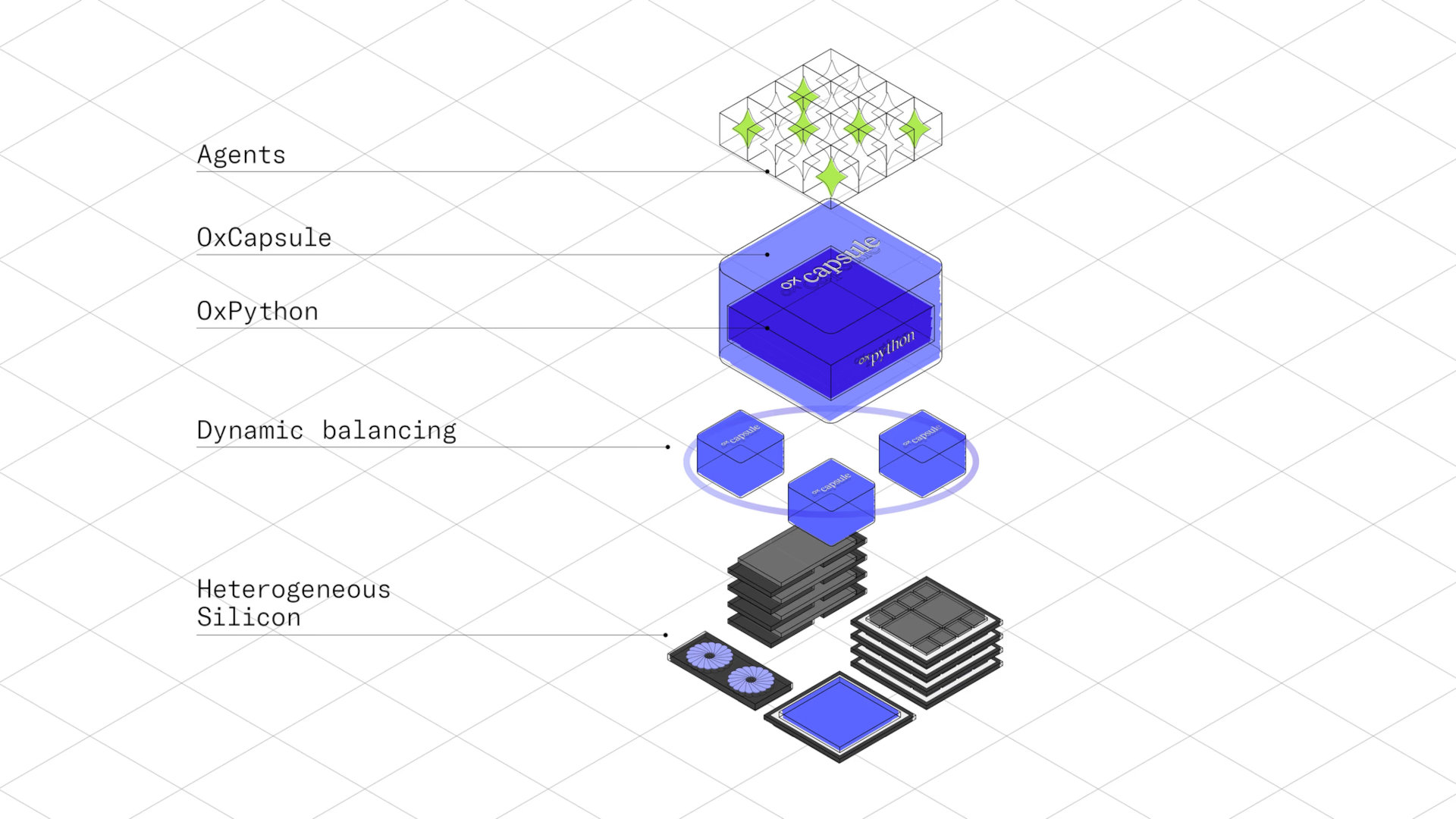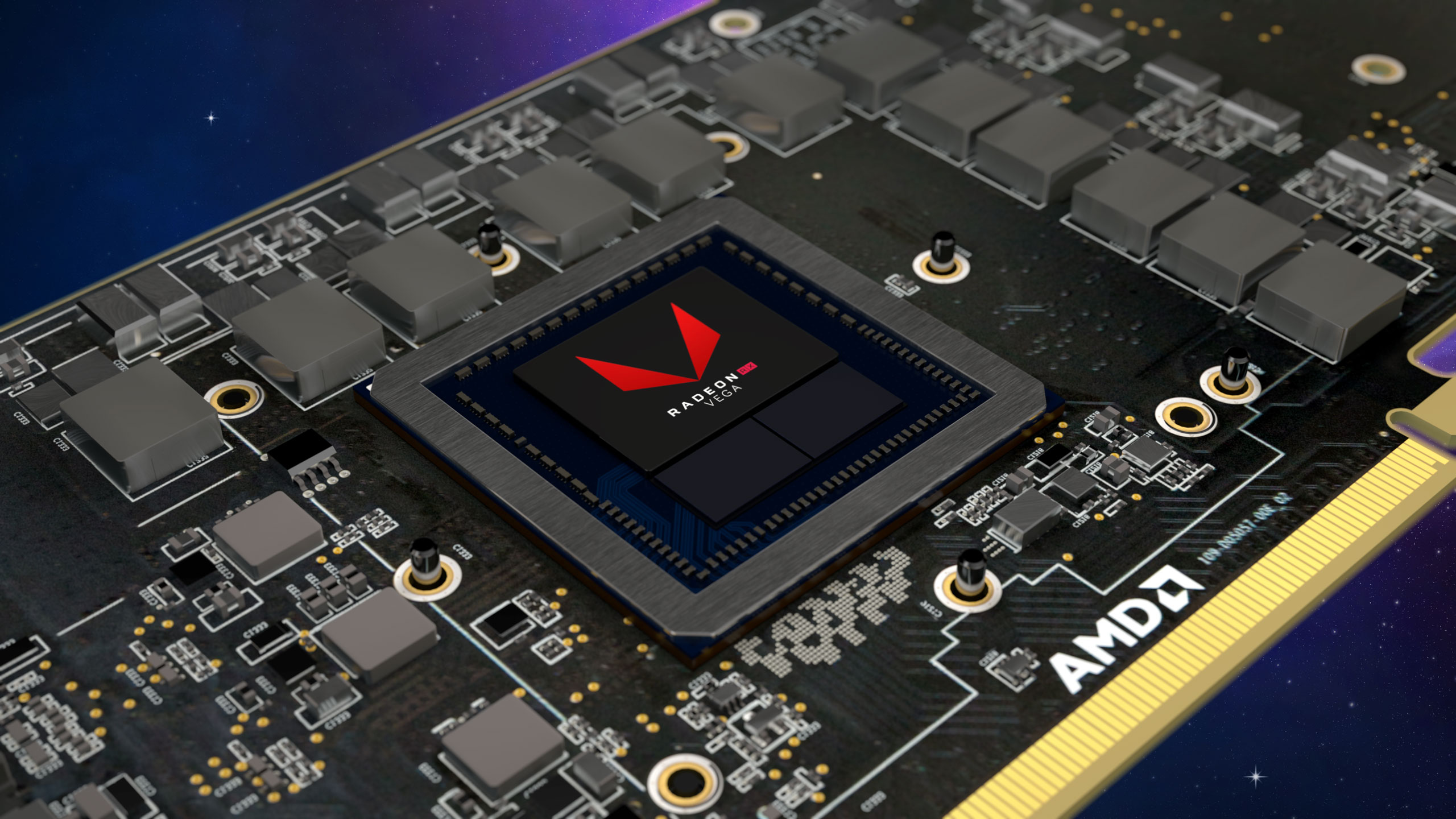Ex-Intel and AMD graphics chief Raja Koduri promises a RISC-V based IP that 'rearchitects the GPU from first principles' but with few details in the startup word-salad
Tech startups are nothing new, but this one might stand a chance of making it because of who's behind it.

These days, it seems like there's a new tech startup company appearing every day, promising to revolutionise whatever market it's targeting. Oxmiq Labs Incorporated is a name that few will have heard of right now, but its founder is practically a household name in the world of processors, and Raja Koduri's latest venture is making some big claims.
Admittedly, those claims are so packed full of tech buzzwords that I had to reread them all a dozen times to get any sense of what makes Oxmiq Labs different from any other chip startup.
"Oxmiq delivers solutions that balance multimodal computing flexibility with the radical performance improvements required for next-generation graphics and AI workloads for its customers," says the press announcement at Business Wire.
It gets better: "Oxmiq's licensable GPU IP rearchitects the GPU from first principles incorporating breakthrough technologies including nano agents in silicon leveraging RISC-V cores, near-memory and in-memory computing, and light transport."
Got all that? Good. Unfortunately, there's not a whole lot of additional, concrete information with which to explore whether any of those claims have any weight to them. Oxmiq has a single diagram to explain its new GPU IP (intellectual property), but even that's pretty vague.
At the heart is the OxCore, of which almost nothing is said, other than it's based on the RISC-V ("risk-five") architecture and that it "integrates scalar, vector, and tensor compute engines in a modular architecture customizable for specific workloads, enabling nano-agents, native Python acceleration, and compatibility with SIMD/CUDA paradigms."
These cores are designed to be stacked on top of a slice of relatively slow but spacious DRAM or relatively fast but small SRAM, with the resulting chiplets labelled as MCBs and CCBs in the diagram. What do the letters stand for, you might ask? That's not explained, but I'd guess they're something along the lines of memory/cache core something. Bonds, badgers, burgers, boffins—not a clue.
Keep up to date with the most important stories and the best deals, as picked by the PC Gamer team.
Anyway, each MCB/CCB is a complete SoC (system-on-chip), with interconnect bridges to allow them to be hooked up to other chiplets. Oxmiq's diagram shows two such examples: a MCB-heavy variant for doing AI inference and MCB/CCB-balanced version for AI training.
Despite the press statement mentioning "next-generation graphics", this product absolutely is not for gaming PCs, sadly—it's for massive data centers, to process AI or scientific data.
To compete against AMD, Intel, and Nvidia, any hardware startup needs to have a comprehensive and powerful software stack, and to that end, Oxmiq has developed OXPython. This "enables Python-based Nvidia CUDA AI applications to execute seamlessly on non-NVIDIA hardware without code modification or recompilation." I'm not sure Nvidia would be best pleased about this, but another famous tech person startup certainly is: Jim Keller.
His Tenstorrent company—which also makes RISC-V processors for AI—has teamed up with Oxmiq: "We’re excited to partner with Oxmiq. OXPython’s ability to bring Python workloads for CUDA to AI platforms like Wormhole and Blackhole is great for developer portability and ecosystem expansion. It aligns with our goal of letting developers open and own their entire AI stack."
Keller and Koduri both have very long careers in the semiconductor industry, with Keller spending many years at AMD, leading the development of the Athlon K8 and Ryzen Zen architectures. Koduri also spent a long time at AMD, working in its graphics division, leading the development of Polaris, Vega (below), and Navi. He also spent time with Intel, with the Arc series of GPUs coming under his leadership.
In short, both know what they're doing, and their names will certainly help in no small way with attracting investors. Tenstorrent does have one advantage over Oxmiq, though. It already has hardware available to buy, whereas Koduri's startup appears to be focused on IP only, i.e. it'll be down to another company to license the tech and make the chips themselves. That's more cost-effective than having to purchase fabrication slots at the likes of TSMC, but as Arm will testify, processor IP licensing isn't necessarily an easy path to big bucks.
MediaTek has already invested in Oxmiq, though how much of the $20 million in seed funding it contributed to is unknown. Koduri's company claims to have already generated revenue from its software (Tenstorrent will certainly be responsible for some of this) and that area might ultimately be its biggest earner.
The G in GPU might stand for graphics, but the money just doesn't lie in gaming anymore (and hasn't for a good few years). Calling them AIPUs might seem like a silly idea, but at least it would stop anyone from unrealistically hoping that Nvidia's near-monopoly of the gaming GPU industry was under threat from a potent startup. The possibility of Oxmiq's 'rearchitected GPUs' prising AI revenue away from Team Green might be a little more believable, though.

👉Check out our list of guides👈
1. Best CPU: AMD Ryzen 7 9800X3D
2. Best motherboard: MSI MAG X870 Tomahawk WiFi
3. Best RAM: G.Skill Trident Z5 RGB 32 GB DDR5-7200
4. Best SSD: WD_Black SN7100
5. Best graphics card: AMD Radeon RX 9070

Nick, gaming, and computers all first met in the early 1980s. After leaving university, he became a physics and IT teacher and started writing about tech in the late 1990s. That resulted in him working with MadOnion to write the help files for 3DMark and PCMark. After a short stint working at Beyond3D.com, Nick joined Futuremark (MadOnion rebranded) full-time, as editor-in-chief for its PC gaming section, YouGamers. After the site shutdown, he became an engineering and computing lecturer for many years, but missed the writing bug. Cue four years at TechSpot.com covering everything and anything to do with tech and PCs. He freely admits to being far too obsessed with GPUs and open-world grindy RPGs, but who isn't these days?
You must confirm your public display name before commenting
Please logout and then login again, you will then be prompted to enter your display name.




